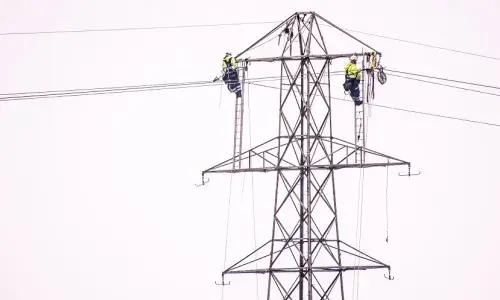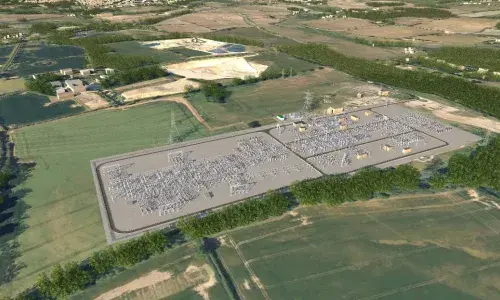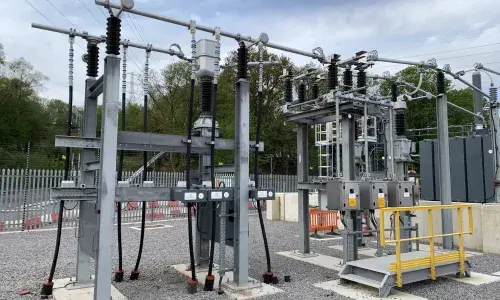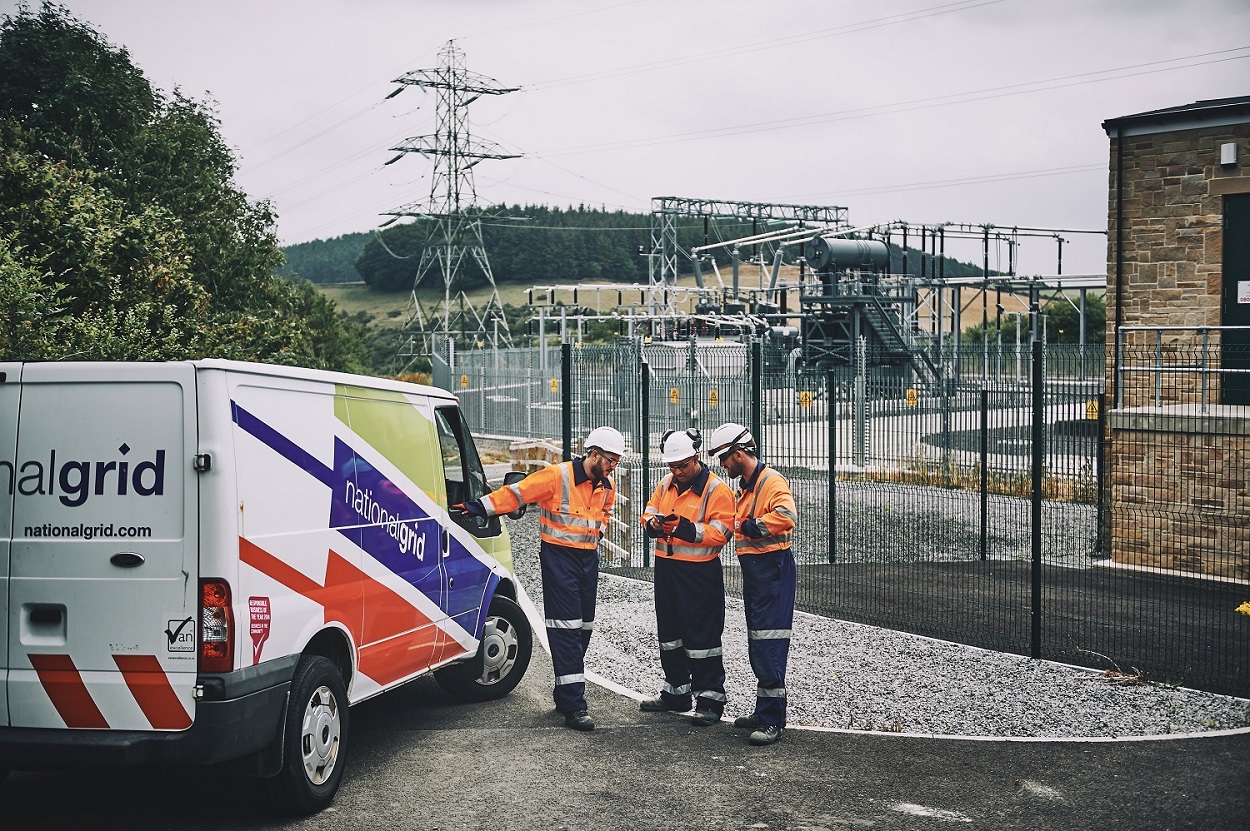
Nine ways we’re working with industry to speed up connections
We’ve connected nearly 10GW of clean power sources to our electricity transmission network over the last five years, including 3GW last year. But the connections process that worked well in the past is not working for Britain today. Here’s how we’re working with industry to reform it.
1. Understanding Britain’s complex connections conundrum
Britain’s connections process is in need of reform – and we’ve been working hard with government, Ofgem and industry to deliver it. That means understanding and addressing the complex interacting issues at play, so the right changes can be made.
Seven things to know about electricity grid connections
At the root of the problem, an unconstrained market (with low barriers to entry) and a first-come, first-served system is incentivising developers to apply for connections whether their project is ready or not. That in turn is leading to stalled projects blocking the way for viable schemes.
The good news is that the collaborative work mentioned above is coming to fruition – most recently in the form of the government and Ofgem’s Connections Action Plan.
2. Getting behind the government’s and Ofgem's Connections Action Plan
The Connections Action Plan is a welcome development – one we're fully behind and already supporting the delivery of along with industry counterparts.
It builds on steps taken by the National Electricity System Operator (NESO), National Grid and wider industry on reform, while acknowledging the urgent need for further measures to speed up clean energy connections.
The plan’s new Connections Delivery Board – which National Grid is a key part of – is giving a fresh boost and industry-wide coordination to efforts to drive change and reduce connection timescales.
3. Changing the way the ever-increasing connections pipeline is managed
Ofgem also recently agreed a major change to the way the pipeline of projects in Britain is managed at transmission level, allowing those that aren’t progressing to be removed to speed things up.
To tackle the pipeline we need more far-reaching measures to cut lead-times for energy projects with the biggest net zero impact.
This ‘queue management’ milestone is great news for clean energy projects that are ready to connect, and is the result of a lot of hard work by the NESO, wider industry, Ofgem and our teams at National Grid.
While it’s a hugely positive development which will prioritise connection-ready projects over less mature ones, there’s still a lot of work to do to tackle the pipeline – including the need for more far-reaching measures to cut lead-times for projects with the biggest net zero impact.
4. Reviewing all the engineering work needed to connect projects in the pipeline
Each new grid connection can have electrical impacts across the network, so in most cases we need to reinforce the grid before a project connects, to ensure it doesn’t cause system operation issues.
Based on a new approach to modelling system impacts – part of NESO’s five-point plan to speed up connections – we’re carrying out an extensive technical review of engineering works needed for projects waiting to connect in England and Wales, to understand whether or not there are opportunities to reduce connections timelines.
Linked to this work, last year we jointly announced with NESO a time limited 12-month two-step offer process – a transitionary step introduced to create space to implement measures in the five-point plan, and to progress wider connections reform.
Two-step process update – As the transmission connections pipeline continues to grow – with almost 50GW joining across Britain in January alone – NESO has shared an update on latest developments with projects taking part in the two-step process. Find out more in NESO's blog.
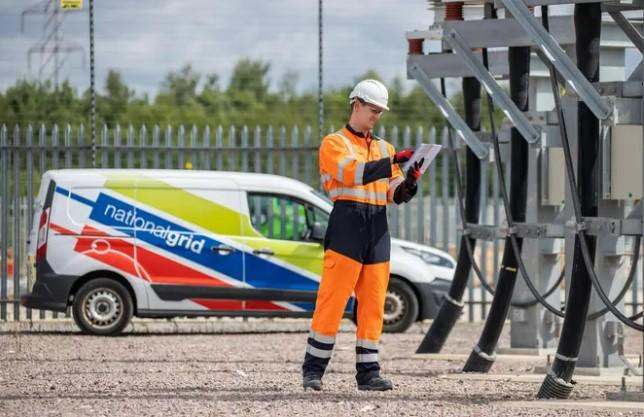
5. Accelerating connections across our transmission and distribution networks
With the help of the work underway through NESO’s five-point plan, we’re accelerating the connection of up to 20GW of clean energy projects to our electricity transmission and distribution networks in England and Wales.
On our transmission network, we’ve offered 21 battery projects worth around 10GW dates to plug in averaging four years earlier than their current agreement, based on the NESO’s new modelling approach described above.
Similarly on our distribution network in the Midlands, South West of England and South Wales, an additional 10GW of unlocked capacity is accelerating the connection of some ‘shovel ready’ low carbon schemes by up to five years.
Distribution developers can also get clearer, simpler and faster insight on the local connections pipeline through a new online portal, helping them make more informed decisions about their projects.
6. Transforming how national and regional networks interface with each other
Grid connections at a distribution level can often be dependent on upstream transmission work to reinforce the network – so it’s crucial that networks work hand in glove when it comes to plugging in projects.
Through the work of the Energy Networks Association (ENA)’s industry action plan for connections, Britain’s transmission and distribution networks are collaborating to change the technical limits of the power flows between them, with a view to unlocking capacity for connections at a regional level.
Our early assessments of this work to reform the way network boundaries interact suggests we could release up to 30GW in capacity – which will help networks manage their connection pipelines better and accelerate connection-ready projects.
7. Reimagining grid connection design for the future
Grid connections are complex pieces of engineering, often needing bespoke solutions for specific projects. That adds cost and lead time to delivery, especially with a constrained global supply chain.
We need connections that can be used by all, rather than by one – so we’re already developing a new, standardised ‘plug and play’ connection socket for our system that can be built in advance, added with less outage time, and flexibly used for developers seeking to connect.
Later this year we’ll also energise our first grid park at our Sundon substation – an innovative, cost-effective approach to engineering new connections.
8. Managing our supply chain while keeping connections on track
As countries across the world race to invest in grid infrastructure to deliver on decarbonisation goals, global supply chain demand has seen a major uptick – which in turn impacts connection timescales.
We’re exploring new approaches to the way we work with our supply chain to mitigate some of the rising costs and constraints, while maintaining our high-quality standards.
Our fresh thinking around these challenges is already helping us shape new ways to work with our supply chain on major initiatives like our Great Grid Upgrade, for which we’re adopting an innovative enterprise partnership model – helping us build capacity and capability to accelerate net zero projects and deliver value to consumers.
9. The Great Grid Upgrade is investing more in our network than ever before
To make sure we can connect the new renewable energy that will power our country in years to come, we’re investing in the largest overhaul of the grid in generations – part of a £18 billion investment in the UK over the five years to 2026.
The Great Grid Upgrade will enable our transmission network to connect and carry more clean electricity to communities in every part of England and Wales, supporting faster progress towards a clean and affordable energy system.
